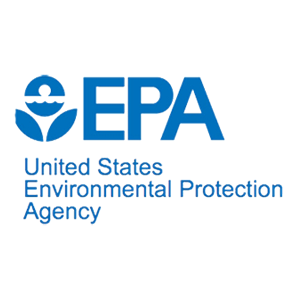On November 17, 2025, the U.S. Environmental Protection Agency and the Department of the Army (“the agencies”) announced the signing of a proposed rule to revise the definition of “waters of the United States.” This proposal implements the Supreme Court’s decision in Sackett v. EPA. The proposed rule will play a key role in EPA’s Powering the Great American Comeback initiative by protecting water resources, strengthening cooperative federalism, and supporting American industry, energy producers, the technology sector, farmers, ranchers, developers, businesses, and landowners.
In developing the proposed rule, EPA and the Army reviewed and considered the extensive feedback and recommendations the agencies received from States, Tribes, local governments, and stakeholders throughout consultations and the pre-proposal recommendations docket and listening sessions.
Under the proposal, a wetland is only federally protected if it satisfies both prongs of the revised “continuous surface connection” requirement:
the wetland must abut a jurisdictional water, and
the wetland must maintain surface water at least during the wet season.
This formulation sharply narrows federal jurisdiction. Depending on how it is implemented, the proposal could remove federal protection from as many as 55 million acres of wetlands that have historically been regulated under the Clean Water Act. The policy implications of such a reduction are substantial. As federal oversight contracts, regulatory responsibility will necessarily shift to state programs—many of which lack the statutory authority, staffing, funding, or technical capacity to regulate isolated or intermittent wetlands at a level comparable to the federal program.
Although EPA frames the revised definition as a means of improving clarity and predictability in CWA permitting, legal certainty rarely increases when there is a widening disparity between what is protected under federal law and what is regulated at the state level. A fragmented, state-by-state patchwork of wetland protections will increase compliance complexity for regulated entities, introduce inconsistent permitting outcomes, and undermine the uniformity Congress sought when it enacted the Clean Water Act.



Leave A Comment